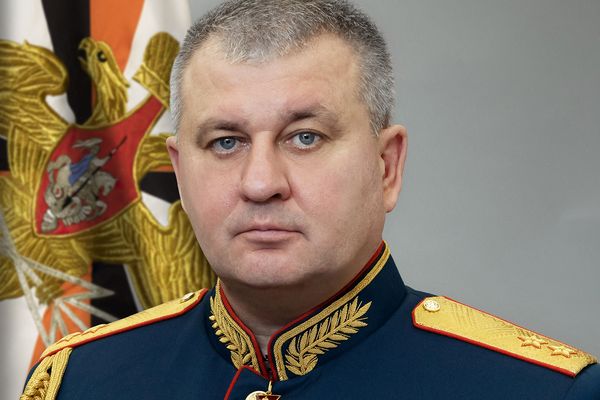
Ahead of the two races in Germany, which will be held on a new configuration at the Tempelhof Airport circuit, the Attack Mode duration has been reduced to six minutes for the opening contest and just four minutes for the sequel, to be used across two activations.
Previously this season, a total of eight minutes of Attack Mode has been available, whereby drivers go off the racing line through designated detection points to activate an additional boost of power – the 350kW output the same mode used in the qualifying duels.
The extra strain placed on the battery, though, has meant the FIA and battery supplier WAE (formerly known as Williams Advanced Engineering) have taken steps as a precaution to better protect the units, starting this weekend.
“I understand why they’re doing it obviously with the battery issues, they don’t want to stress the battery in 350kW for too long,” said reigning champion Jake Dennis.
“If it has to be done, it has to be done. I’m not for or against it, it’s just part of the situation we’re in and it’s going to be the same for everyone so it doesn’t really change that much."
When asked if this was an issue that had been raised by driver and teams, Dennis insisted they were being led by battery supplier WAE on the matter.
“I think it’s more from Williams, what they’ve put forward,” added Dennis.

“It’s obviously on Williams to make those decisions, we have nothing to do with that, it’s on them to decide how much Attack Mode we’re allowed.
“It’s got nothing to do with the battery temperature this weekend, it’s not hot enough, it’s just the cars are so fast now in 350kW that it puts a lot of energy, a lot of stress through the power unit itself. It’s part of the situation we’re in.”
Several drivers have suffered from de-rating in races this year leading to a reduction in power, notably in Sao Paulo, where long straights along with high temperatures caused overheating problems.
While all batteries were refurbished by WAE in the off-season and thoroughly examined in the aftermath of the Valencia pre-season testing incident, when an isolated issue caused a battery to explode, the natural ageing of the units is causing unforeseen issues.
“The batteries at the moment, they are aging slowly, race-by-race because we do more cycles,” added Lucas di Grassi.
“I don’t think it’s a problem with the batteries but in some races, in hot races like Sao Paulo where you lose a lot of power and recuperate a lot, the battery is suffering more with temperature issues.
“Here it won’t be a problem with the battery temperature.”
With faster, wider circuits in Shanghai and Portland set to hold races in the coming weeks, further precautions may be implemented.
A statement from the FIA said: "The duration of Attack Mode for the Berlin E-Prix has been reduced as part of the normal and continuous process of car life cycle monitoring.
“The Sporting Regulations have been specifically designed to allow for this flexibility in format."





